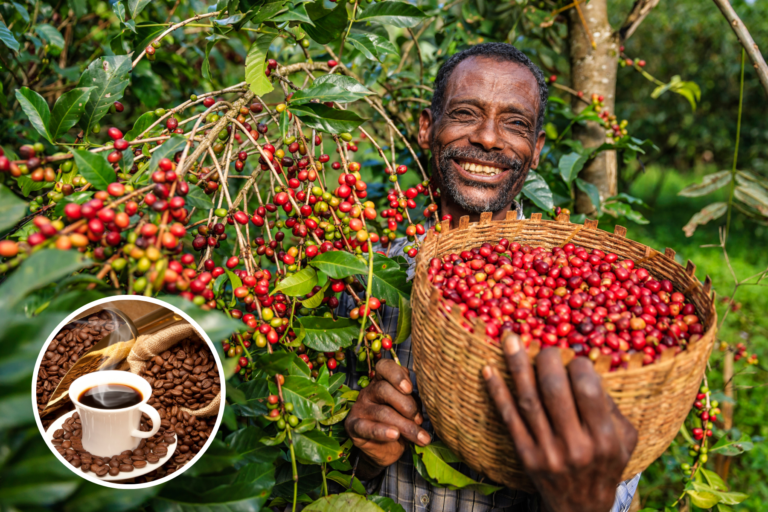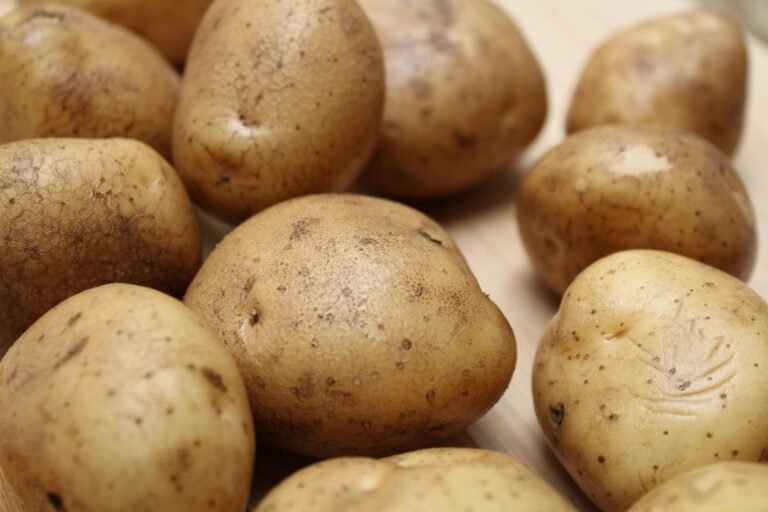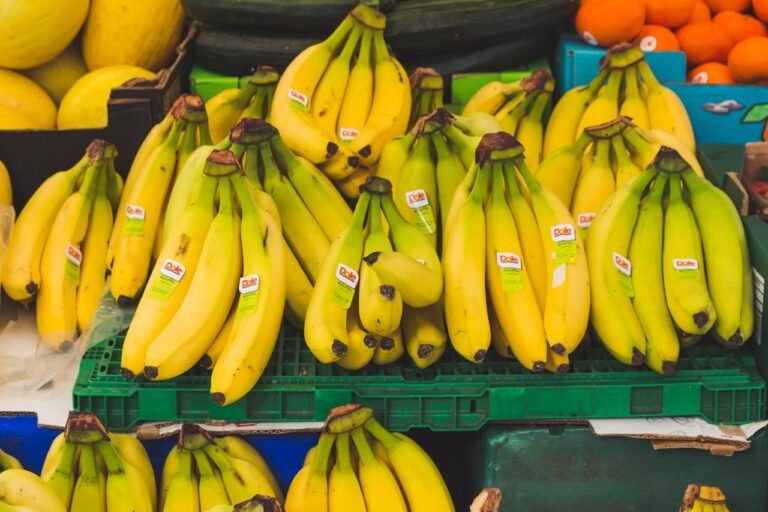
Fruits are nature’s sweet gift to us, packed with essential vitamins, minerals, and antioxidants that fuel our bodies and keep us healthy. They come in countless varieties, each with its own unique flavor, nutritional profile, and global appeal. Additionally, they’re deeply embedded in cultures around the world, symbolizing abundance, health, and even heritage. Whether it’s the bananas fueling millions of breakfast tables each morning or the refreshing slice of watermelon savored on a hot summer day, fruits are a universal language of nourishment.
Over the years, it’s become clear that certain fruits consistently stand out—not just for their flavor or versatility, but because of how widely they’re consumed across the globe. These fruits aren’t just popular for tasting great; they’re essential to millions of people’s daily diets. From tropical regions where mangoes reign as the “king of fruits” to cooler climates where apples thrive, the fruits we consume most reveal a lot about global preferences, agricultural trends, and the environment.
In this article, we’ll dive into the top 10 most consumed fruits globally, looking at the latest production data, the key countries that produce them, and why these fruits are so loved around the world. This list focuses on fresh produce that is typically eaten as fruit, and doesn’t include items that are technically considered fruit, like tomatoes or avocados, but are commonly used in other ways.
10. Melons
Estimated Total Global Production: 28.56 Million Metric Tons
Melons are a favorite in many parts of the world, particularly during hot summer months when their juicy, hydrating flesh offers a refreshing escape from the heat. With global production reaching 28.56 million metric tons, melons—ranging from honeydew to cantaloupe—are widely consumed for their mild sweetness and high water content. They’re often eaten fresh or used in fruit salads and smoothies. Melons are also a good source of vitamins A and C, making them a healthy choice for hydrating and nourishing the body. Countries like China, Turkey, and Iran are among the top producers.
Related post: Top 10 Most Consumed Vegetables in the World
9. Pineapples
Estimated Total Global Production: 29.36 Million Metric Tons
Pineapples are a tropical delight loved for their sweet and tangy flavor. With an annual production of 29.36 million metric tons, they are a staple fruit in many regions. Pineapples are enjoyed fresh, juiced, or as an ingredient in various dishes, from tropical fruit salads to pizzas. Their health benefits include being rich in vitamin C and bromelain, an enzyme that supports digestion and has anti-inflammatory properties. Pineapples are a versatile and popular fruit that continues to captivate taste buds around the world. Major producers of pineapples include Costa Rica, Thailand, and the Philippines, with Costa Rica accounting for the majority of the global export market.
8. Plantains
Estimated Total Global Production: 44.15 Million Metric Tons
Although often confused with bananas, plantains are a distinct fruit that plays a crucial role in the diets of millions, particularly in Africa, Latin America, and the Caribbean. With production reaching 44.15 million metric tons, plantains are commonly cooked rather than eaten raw. They are starchy and provide a hearty, filling base for a variety of dishes, from fried plantains to stews and soups. Their resilience to harsh growing conditions makes them an essential crop in many developing regions. Plantains are rich in carbohydrates, potassium, and fiber, making them a nutritious and vital part of diets in tropical regions around the world.
7. Tangerines
Estimated Total Global Production: 44.18 Million Metric Tons
Tangerines, known for their small size, easy-to-peel skin, and sweet flavor, are a favorite citrus fruit worldwide. With global production reaching 44.18 million metric tons, tangerines are especially popular in Asia, Europe, and the Americas. Their convenience makes them a go-to snack for people of all ages, and their juicy, tangy sweetness is perfect for fresh eating or juicing. Tangerines are an excellent source of vitamin C, supporting immune health, and they also contain antioxidants that promote overall well-being. Their portable size and refreshing taste have made them one of the most consumed fruits globally.
6. Mangoes
Estimated Total Global Production: 55.38 Million Metric Tons
Mangoes are often referred to as the “king of fruits,” and with an annual production of 55.38 million metric tons, it’s clear that their global popularity is well-deserved. This tropical fruit, known for its luscious, juicy flesh and distinctive sweetness, is a favorite in Asia, Africa, and increasingly in Western countries. India, the world’s largest mango producer, supplies nearly half of the global market. Mangoes are enjoyed fresh, in smoothies, or as part of savory dishes, and their rich content of vitamins A and C makes them an excellent choice for boosting immunity and promoting skin health. Their tropical flavor and versatility continue to make them a global favorite.
5. Grapes
Estimated Total Global Production: 74.94 Million Metric Tons
Grapes are one of the oldest cultivated fruits, cherished for their versatility and sweet, juicy taste. With global production at 74.94 million metric tons, grapes are consumed fresh, dried into raisins, or fermented into wine. Grapes are also popular as a fresh snack or in salads, desserts, and juices. They are rich in antioxidants, particularly resveratrol, which has been linked to heart health and longevity. Their long history and wide range of uses make grapes a fruit that is deeply embedded in cultures across the globe. Major producers include China, Italy, and the United States, where wine production plays a significant role in grape farming.
4. Oranges
Estimated Total Global Production: 76.41 Million Metric Tons
Oranges are the most consumed citrus fruit in the world, with global production reaching 76.41 million metric tons. Their bright, tangy flavor and high vitamin C content make them a popular choice for fresh eating and juicing. Oranges are widely enjoyed both fresh and in beverages, and their zest is often used in baking and cooking. Beyond their immune-boosting properties, oranges also offer fiber and antioxidants, contributing to better heart health and digestion. Their year-round availability and versatility in consumption keep oranges at the top of the fruit list globally. Brazil, China, and India are the top producers of oranges, with Brazil dominating the orange juice export market.
3. Apples
Estimated Total Global Production: 95.84 Million Metric Tons
Apples are a classic fruit loved for their crisp texture and wide range of flavors, from sweet to tart. With an annual production of 95.84 million metric tons, apples are one of the most widely consumed fruits globally. They’re rich in fiber, especially when eaten with the skin, and they offer vitamin C and antioxidants that promote heart health and digestion. Apples are a staple in diets around the world, appreciated for their convenience and versatility. China is the largest producer, followed by the United States and Poland. Apples are often eaten fresh, but they’re also used in a variety of dishes, from pies to sauces and salads.
2. Watermelons
Estimated Total Global Production: 99.96 Million Metric Tons
Watermelons are a beloved fruit, especially during the summer months, with global production reaching 99.96 million metric tons. Their high water content, about 92%, makes them incredibly refreshing, and their sweet, juicy flesh is perfect for hydrating on a hot day. They’re typically eaten fresh, but they’re also used in salads, juices, and desserts. Watermelons are low in calories and rich in vitamins A and C, making them both a healthy and satisfying choice. Their vibrant color and hydrating properties have secured their place as one of the most consumed fruits worldwide. China is the leading producer, supplying the majority of the world’s watermelons.
1. Bananas
Estimated Total Global Production: 135.11 Million Metric Tons
Bananas hold the title of the world’s most consumed fruit, with an astounding production of 135.11 million metric tons. This tropical fruit is a dietary staple in many countries, particularly in Asia, Africa, and Latin America. Bananas are valued for their versatility and convenience—they’re easy to transport, require no refrigeration, and can be eaten fresh or used in a variety of dishes, from smoothies to baked goods. Bananas are rich in potassium, which supports heart health and muscle function, and they provide a quick source of energy, making them a favorite for athletes and busy individuals alike. Their affordability, availability, and health benefits have made bananas the number one fruit consumed globally.
Final Thoughts
It’s clear that fruits play an essential role in the diets of people around the globe, offering both nutrition and enjoyment. From the tropical sweetness of mangoes and bananas to the refreshing bite of apples and watermelons, these top 10 most consumed fruits provide a snapshot of what people love to eat—and rely on—every day. Their widespread popularity isn’t just about taste; it’s about accessibility, versatility, and the countless health benefits they offer.
Whether you’re snacking on grapes, squeezing fresh orange juice, or savoring a juicy pineapple, these fruits are staples that have become part of our daily lives. Their global production numbers reflect just how integral they are to diets across diverse cultures and regions.
Sources: Global fruit production in 2022, Most Popular Fruits In The World







